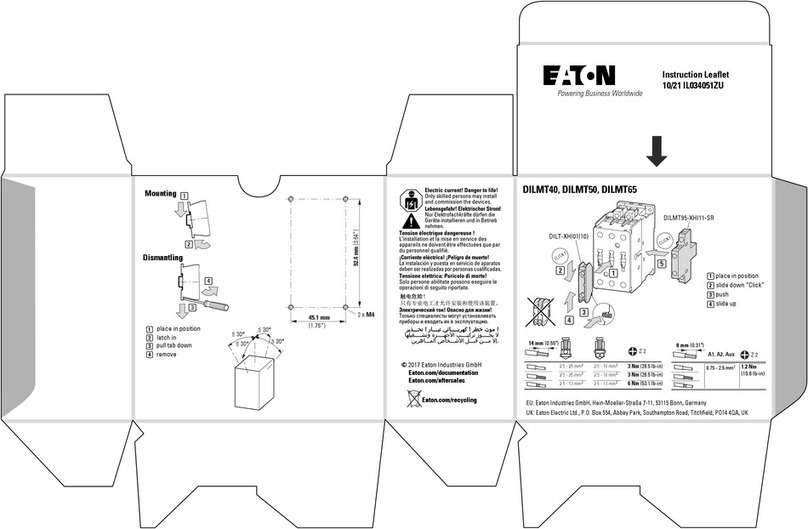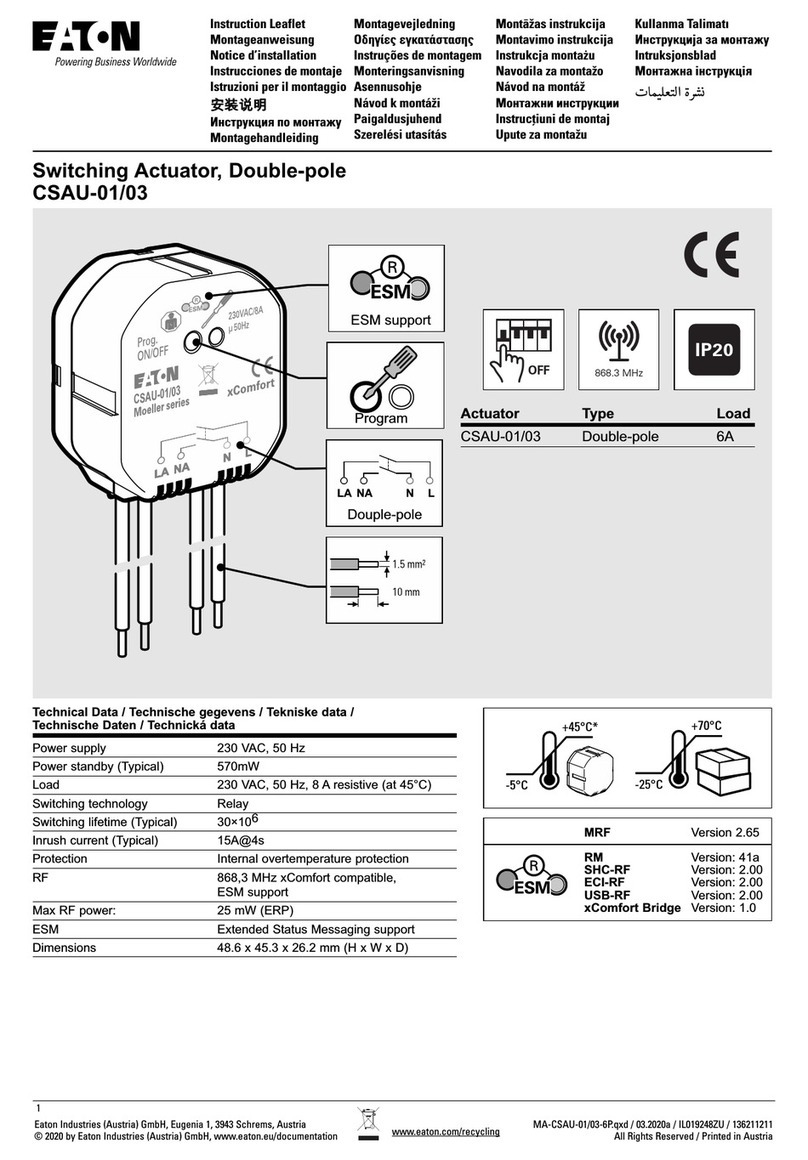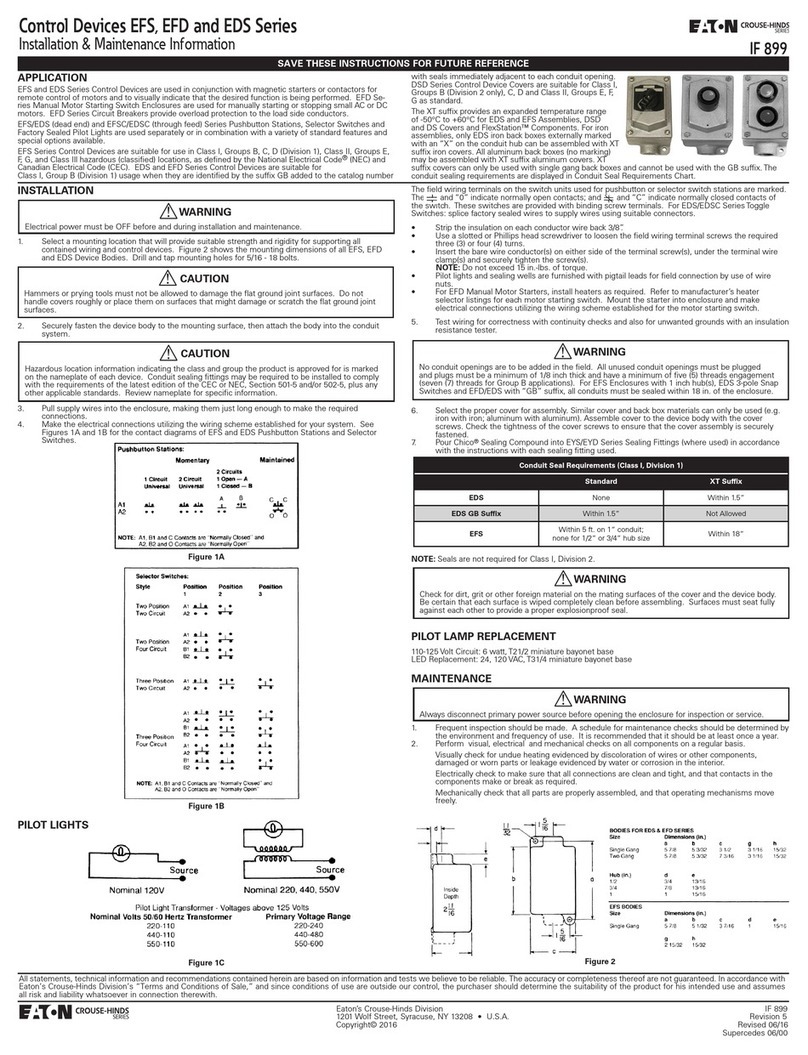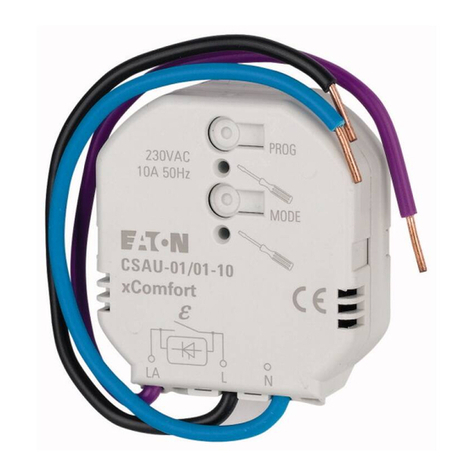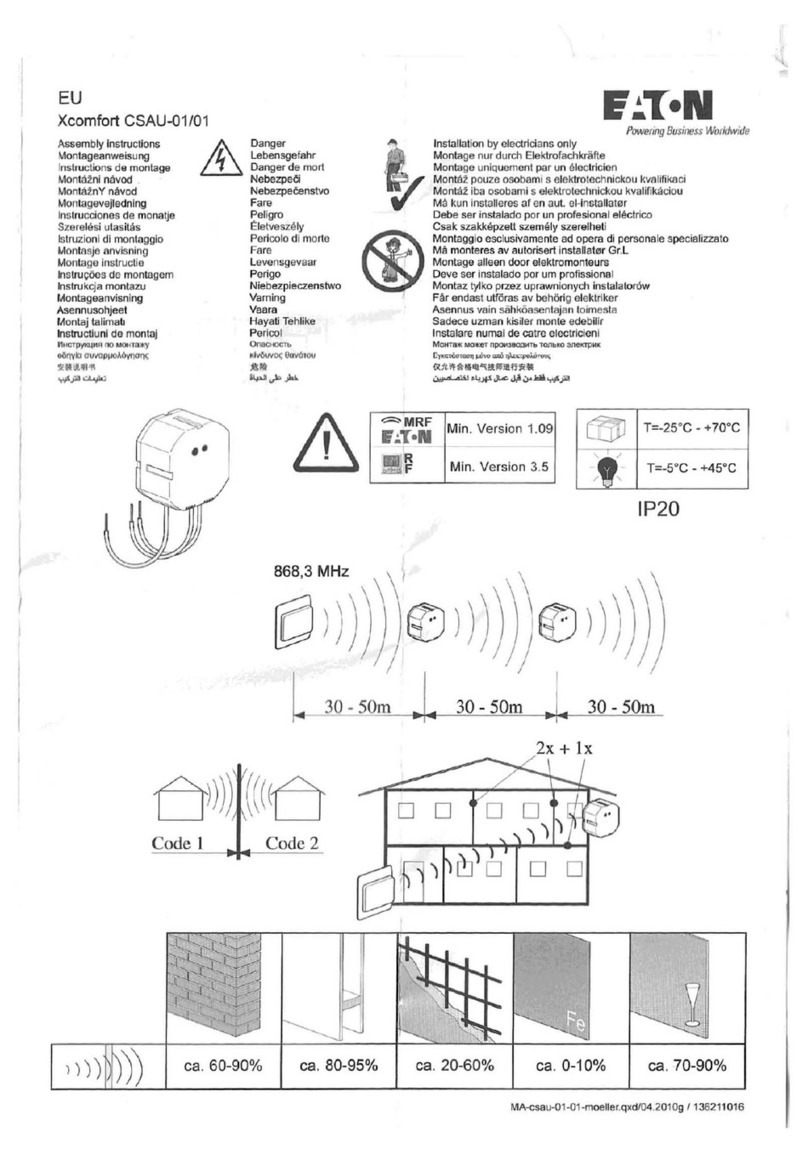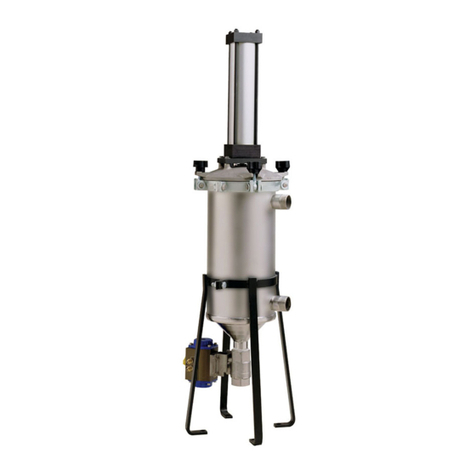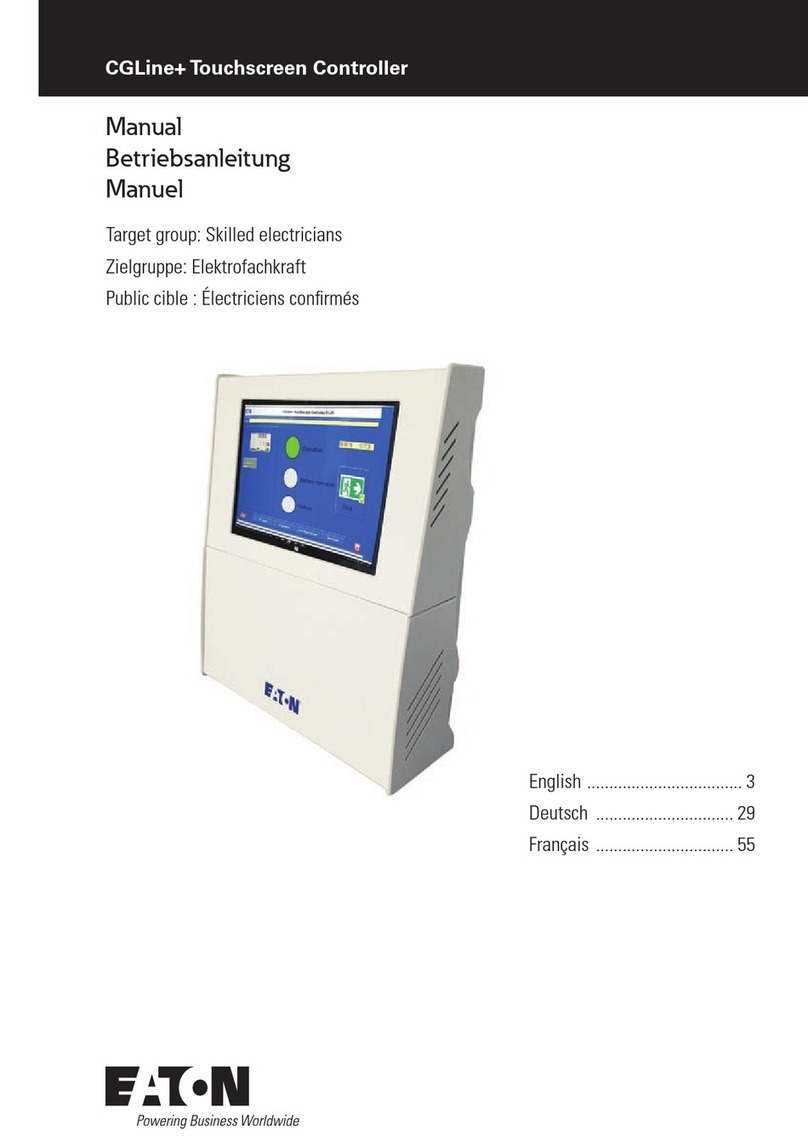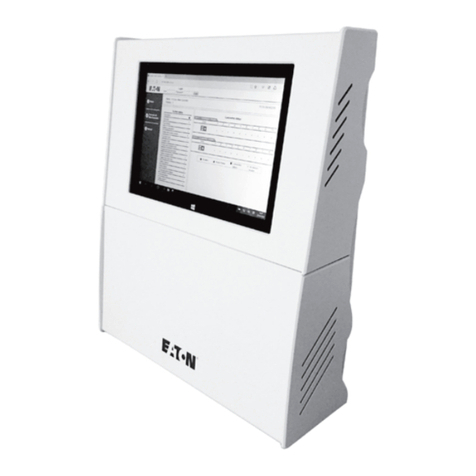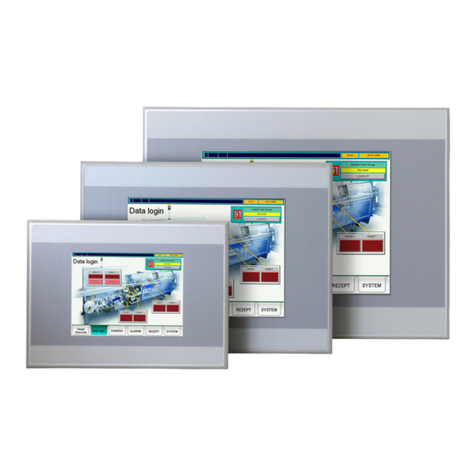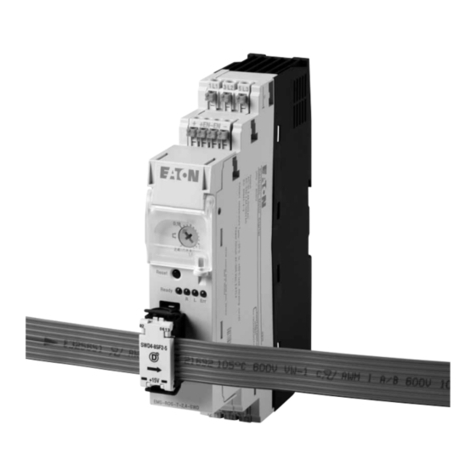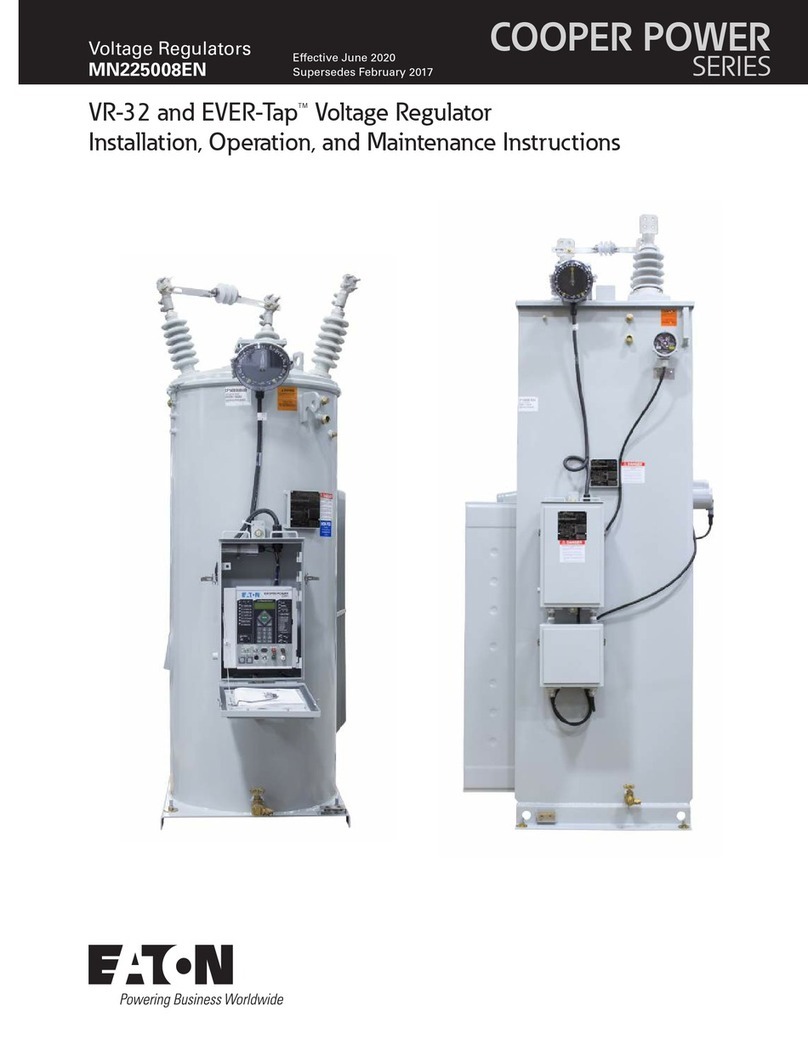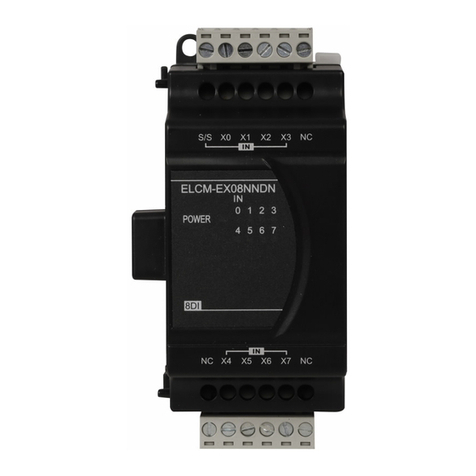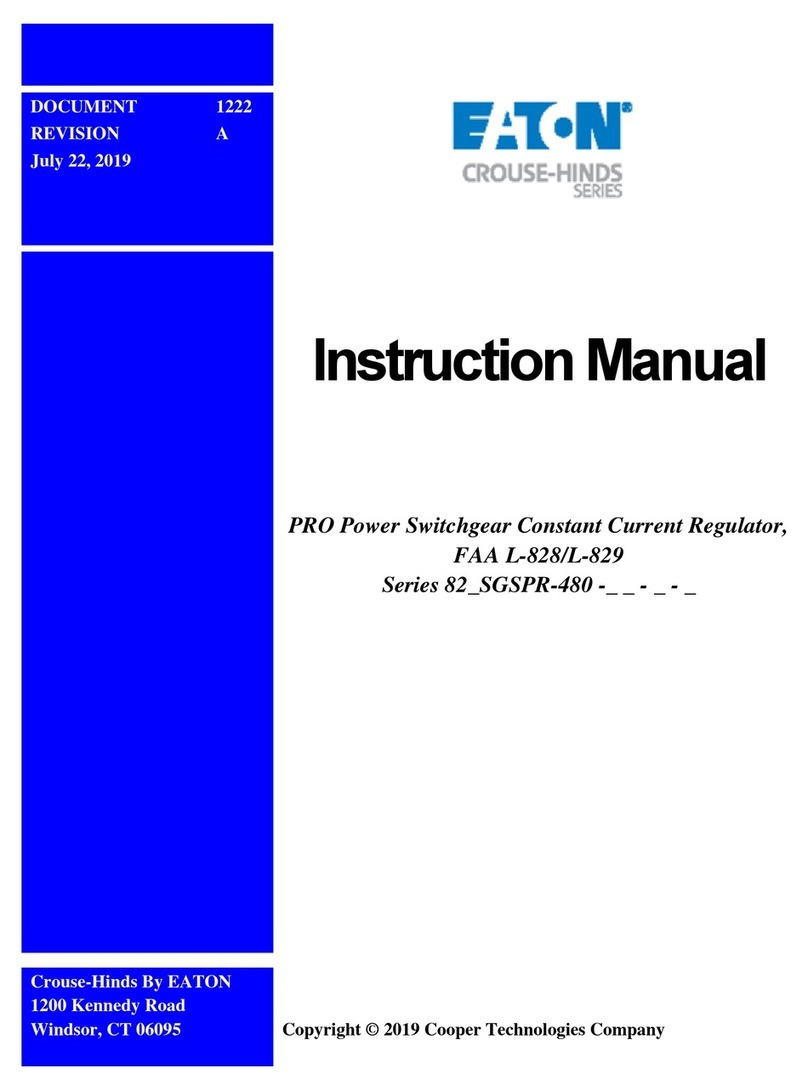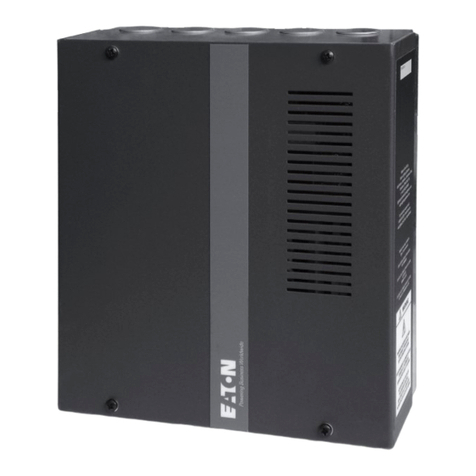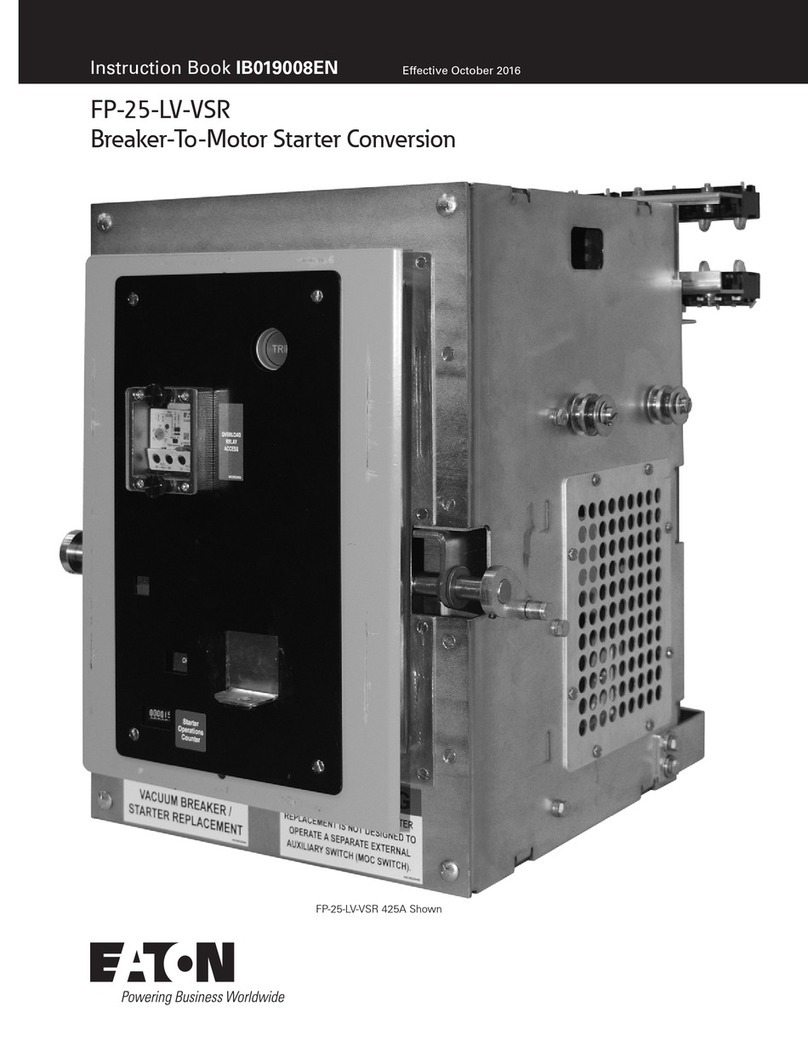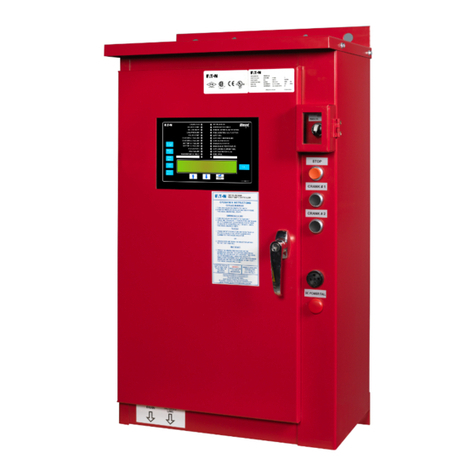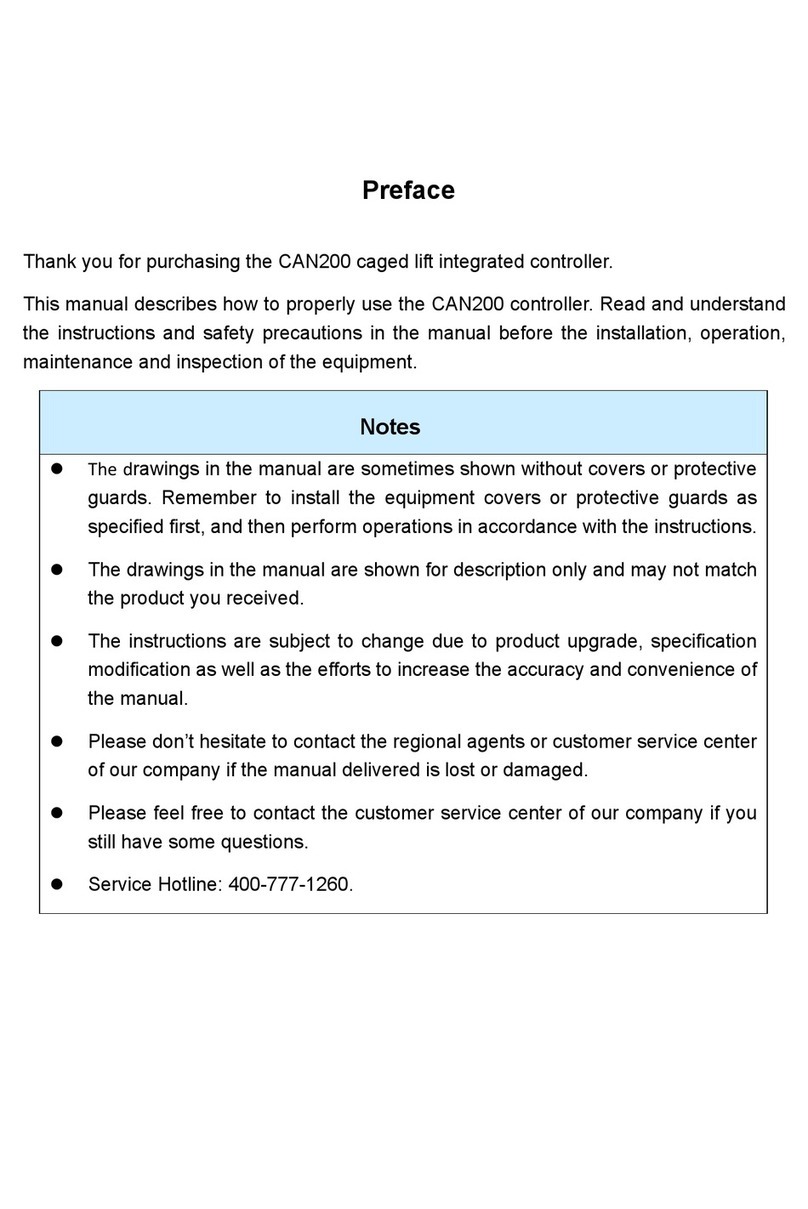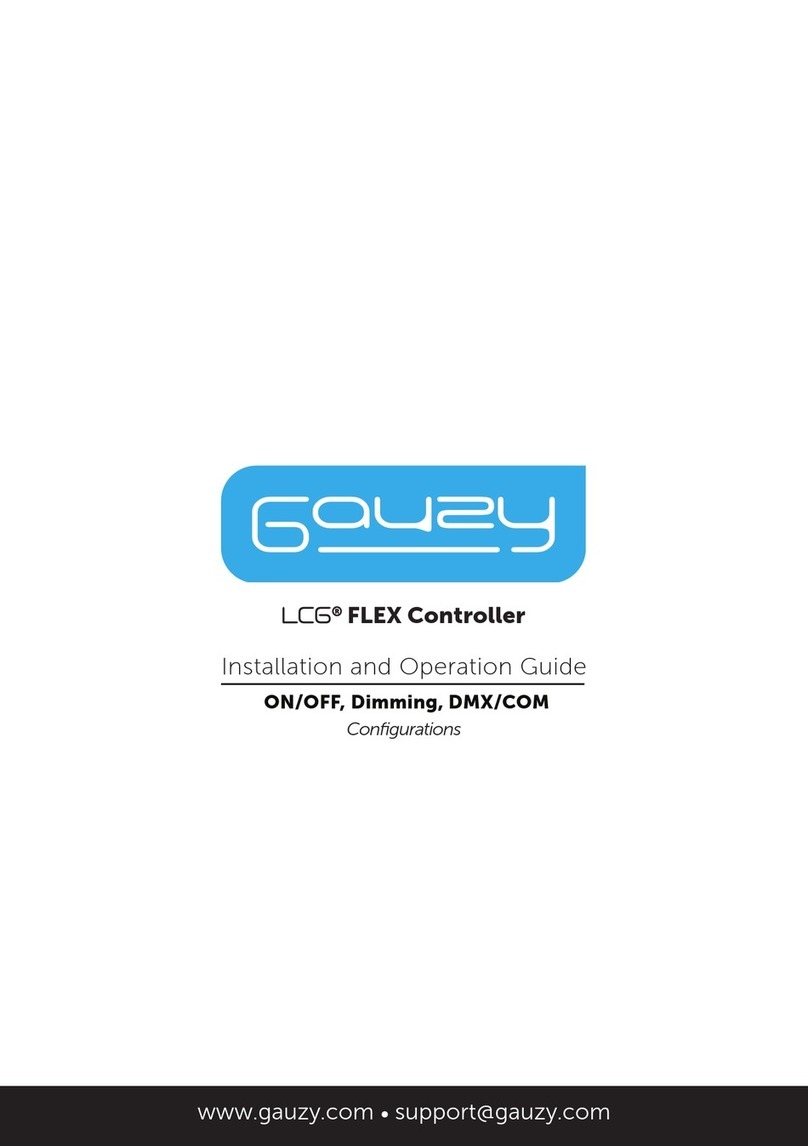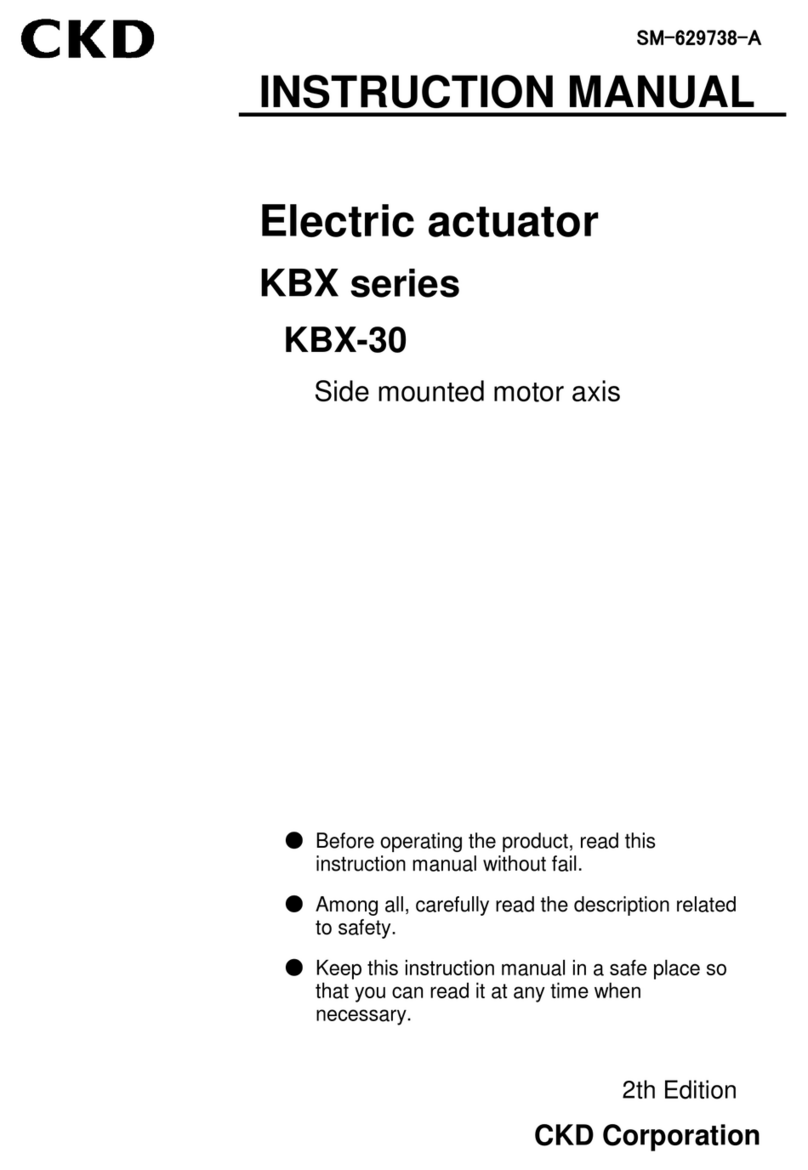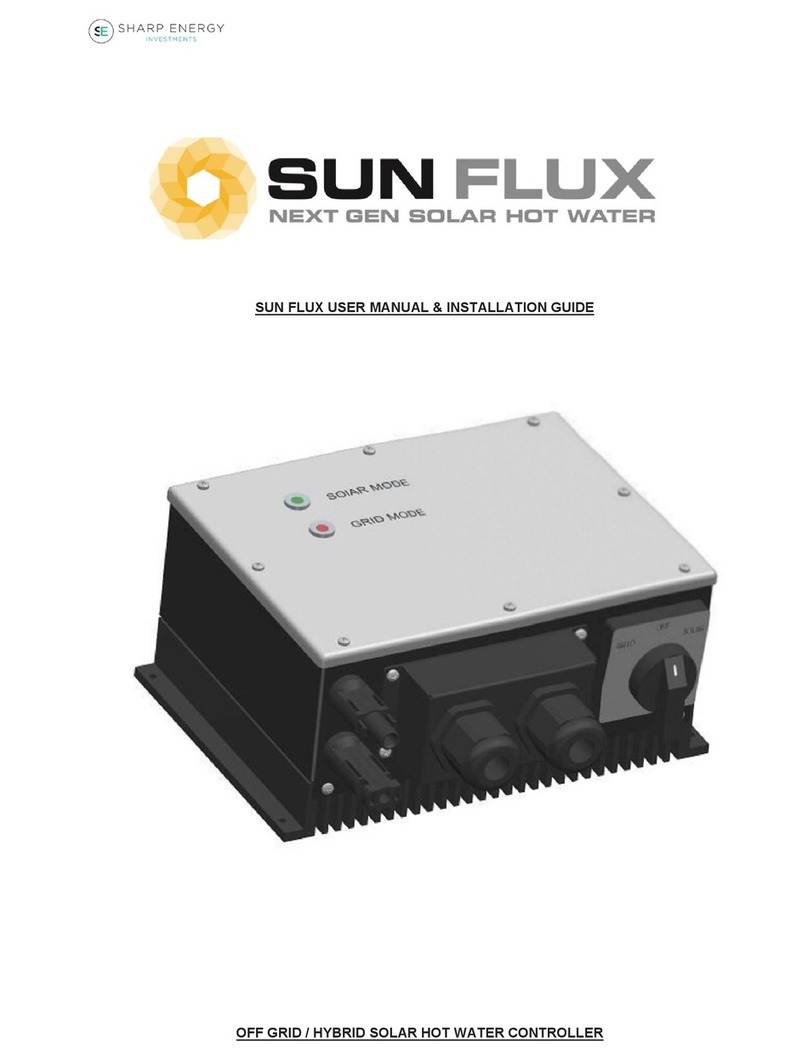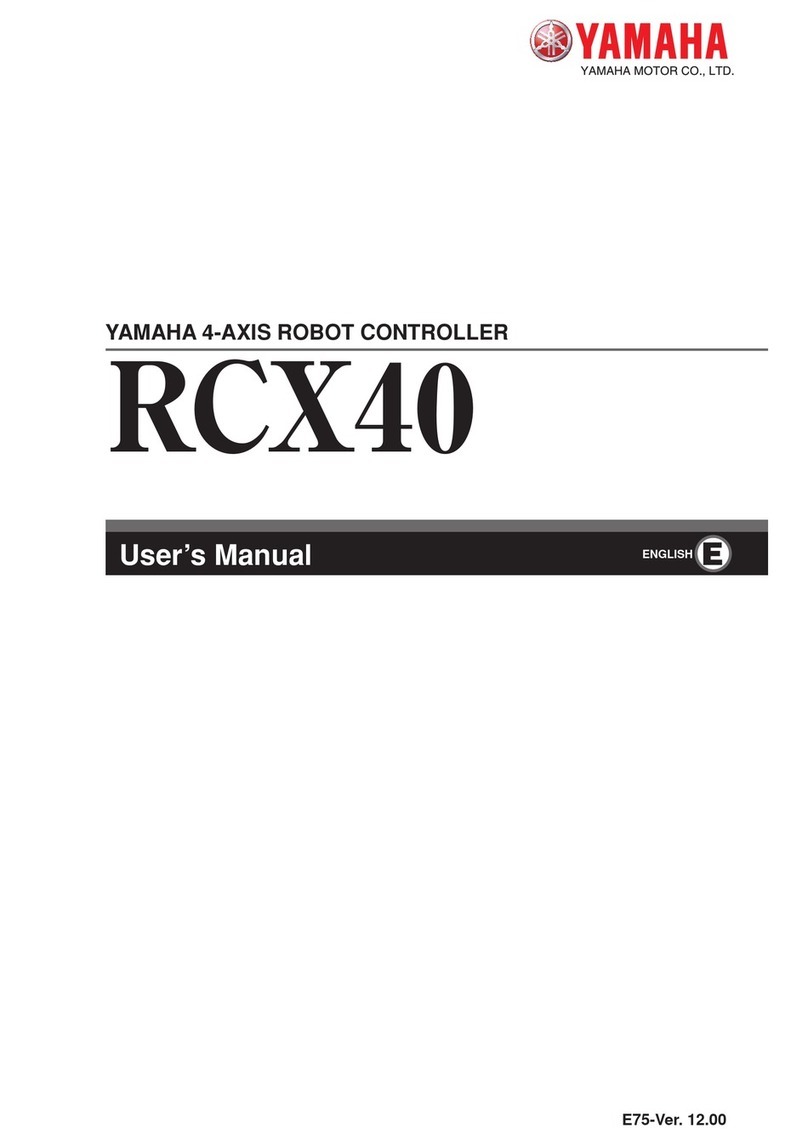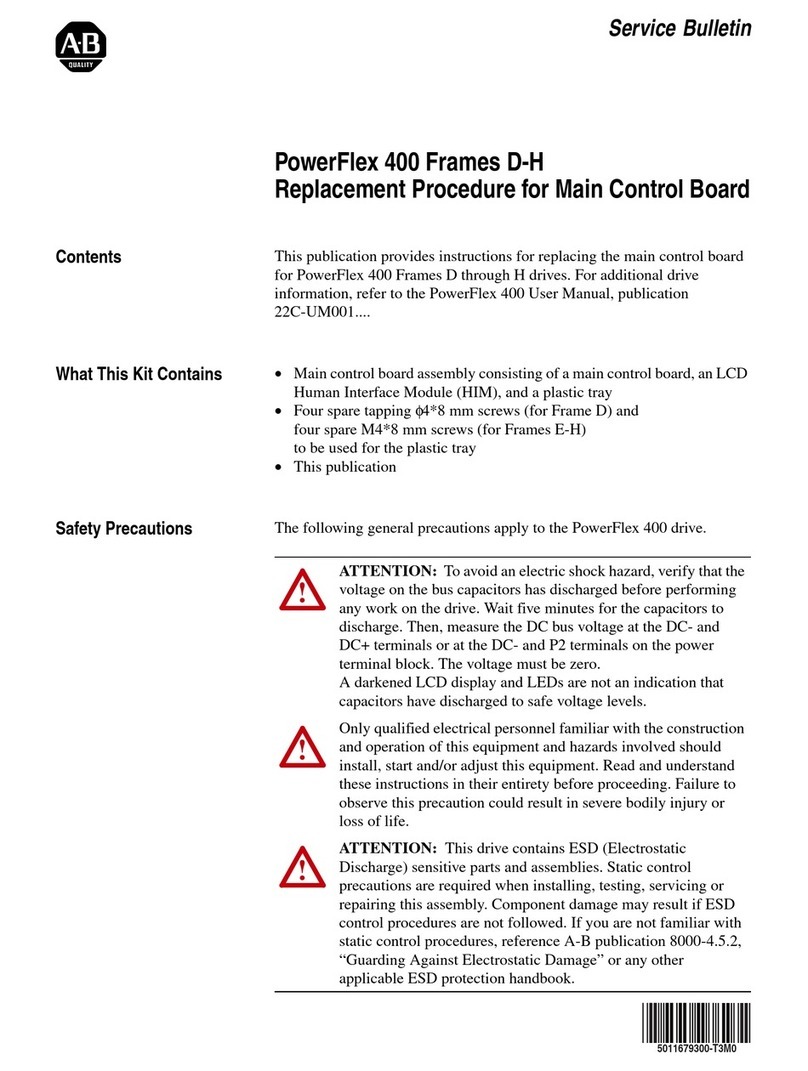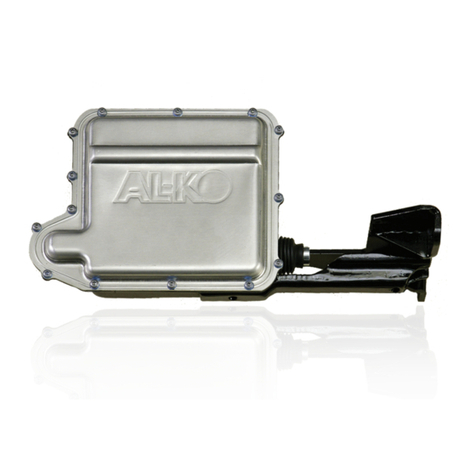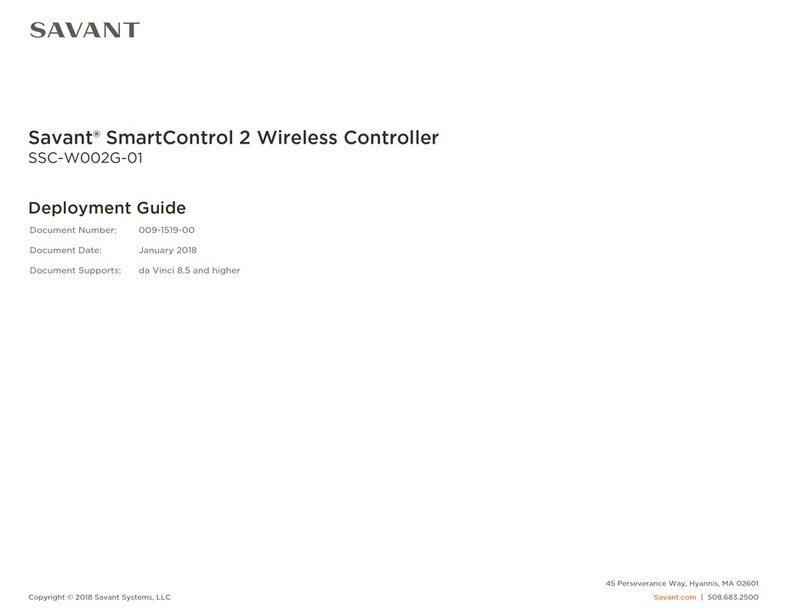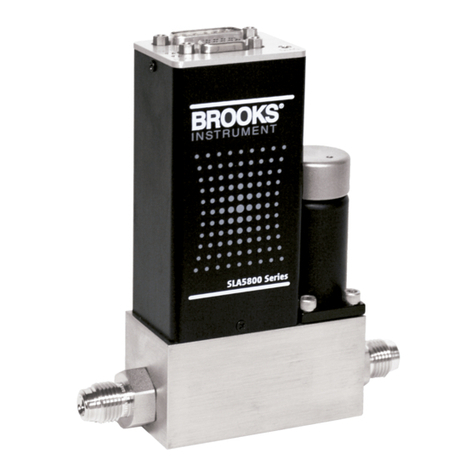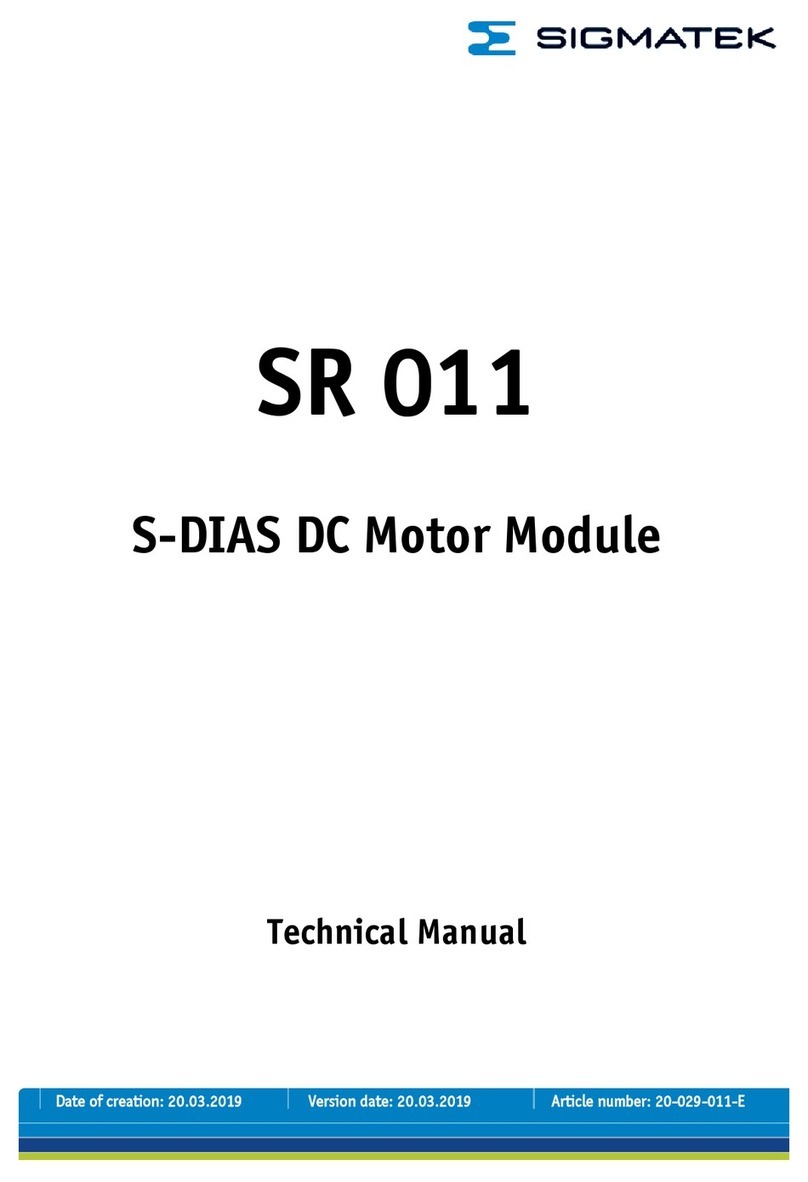
3
Instruction Leaet IL16963
Effective May 2011
EATON CORPORATION www.eaton.com
A210, A250Size 00, 0 or 1
Reversing Motor Controller
HEATERS
Heaters are not included with the motor controller and must be
ordered separately per the heater selection table and the information
listed below. When installing heaters be sure that connecting
surfaces are clean and heaters are attached securely to the relay
in the proper location with the screw provided. The trip rating of a
heater in a 400C Ambient is 125% of the minimum full load current
shown in Table I. When tested at 600 percent of its trip rating, the
relay will trip In 20 seconds or less.
Heaters should be selected on the basis of the actual full load
current and service factor as shown on the motor nameplate or in
the manufacturer’s published literature. When the service factor of
the motor is 1.15 to 1.25, select heaters from the heater application
table. If the service factor of the motor is 1.0, or there is no service
factor shown, or a maximum of 115% protection is desired, select
one size smaller heater than indicated. When motor and overload
relay are in different ambients and when using non-compensated
overload relays, select heaters from the table using adjusted motor
currents as follows: decrease rated motor current 1 % for each ·C
motor ambient exceeds controller ambient. Increase rated motor
current 1% for each OC controller ambient exceeds motor ambient.
COIL
The A210 or A250 motor controller is available with single or dual
voltage coils. When equipped with a single voltage coil, each
contactor is wired as shown in Figure 7, 8, 9, or 10. A connection
diagram for a dual voltage coil is shown in Figure 5. When supplied
with dual voltage coils, the motor controller is normally wired for the
higher voltage connection. The wiring may be changed to the lower
voltage connection by removing and reconnecting the jumpers as
illustrated below.
WARNING
TO PROVIDE CONTINUED PROTECTION AGAINST FIRE AND SHOCK HAZ-
ARD, THE COMPLETE OVERLOAD RELAY MUST BE REPLACED IF BUMOUT
OF A CURRENT ELEMENT OCCURS. SEE TABLE II.
